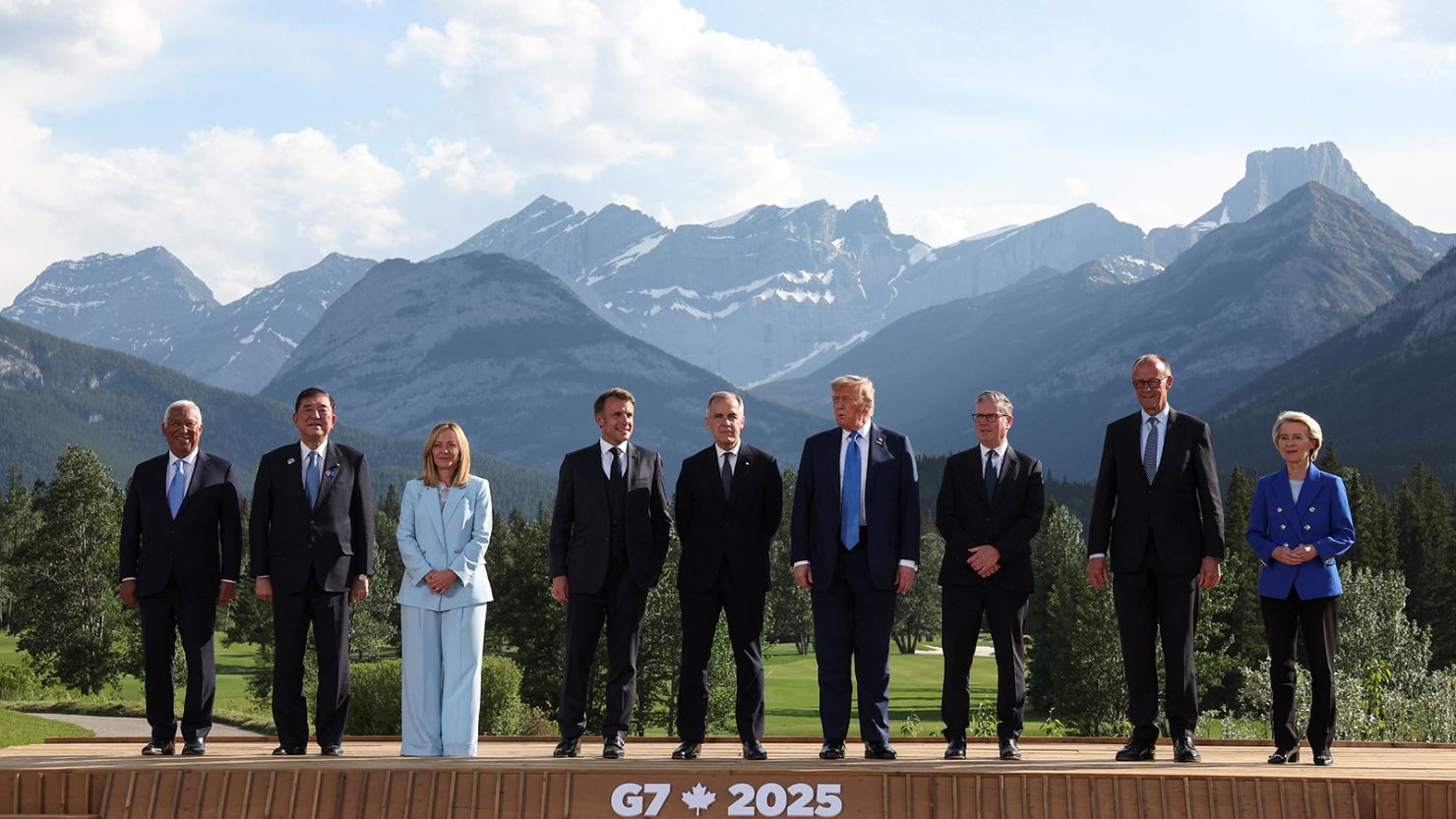Leaders of the Group of Seven (G7) nations have reached a significant consensus on developing a unified strategy to protect and diversify critical mineral supply chains, according to a draft communiqué from the ongoing G7 Summit in southern Italy.
The agreement marks a major geopolitical step in strengthening access to rare earth elements and other essential raw materials needed for electric vehicles (EVs), renewable energy technologies, and advanced electronics, amid rising global demand and supply chain vulnerabilities.
Why It Matters
Critical minerals such as lithium, cobalt, nickel, graphite, and rare earth elements are the backbone of the global clean energy transition. However, their production and refining are currently dominated by a few countries, particularly China, leading to rising concerns over supply monopolies, export restrictions, and strategic dependencies.
With geopolitical tensions and climate targets aligning, the G7 is moving to insulate its industries and infrastructure from such disruptions.
Key Pillars of the G7 Strategy
-
Diversification of Supply Sources
-
G7 nations will work to reduce dependence on single-country suppliers.
-
Expansion of mining and processing partnerships with developing countries in Africa, Latin America, and Southeast Asia.
-
-
Investment in Sustainable Mining and Recycling
-
Pooled funding to promote environmentally responsible mining.
-
Boost to critical mineral recycling technologies and urban mining in developed economies.
-
-
Secure Trade Agreements and Mineral Alliances
-
Support for long-term trade frameworks to stabilize mineral markets.
-
Alignment with other democratic economies through the Mineral Security Partnership (MSP) and similar initiatives.
-
-
Technology and Research Collaboration
-
Joint R&D efforts to reduce critical mineral intensity in batteries and electronics.
-
Innovation support for next-generation battery chemistries that rely on more abundant materials.
-
-
Transparency and ESG Standards
-
Emphasis on traceable supply chains, ethical sourcing, and adherence to Environmental, Social, and Governance (ESG) norms in critical mineral projects.
-
Context: Rising Global Stakes
-
The International Energy Agency (IEA) projects demand for critical minerals to increase fourfold by 2040, driven by net-zero emissions targets.
-
China controls over 60% of rare earth processing capacity and 70% of cobalt refining, making diversification urgent for Western economies.
-
Recent export controls, supply shocks, and geopolitical disruptions (e.g., Russia-Ukraine war, Red Sea crisis) have accelerated calls for secure alternatives.
What Comes Next
The final G7 communiqué is expected to be released by the summit’s conclusion, formalizing these commitments. Implementation will require cooperation among governments, private sector players, and multilateral institutions like the World Bank and OECD.
The G7’s unified stance is likely to influence broader global resource governance frameworks, particularly as emerging economies look to benefit from their own mineral wealth in a responsible, equitable manner.
The G7’s collective decision to secure and stabilize critical mineral supply chains reflects a proactive response to one of the defining strategic challenges of the 21st century. As countries race toward clean energy and digital transformation, access to critical minerals is no longer just an economic concern—it is a matter of national security and sustainable development.

